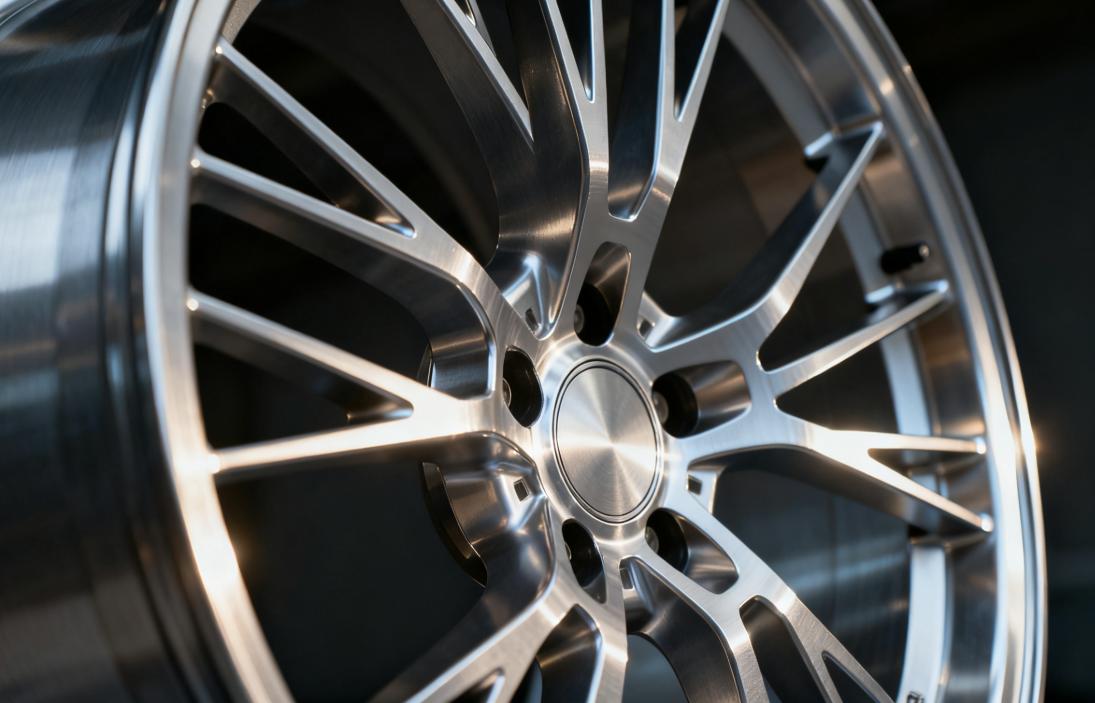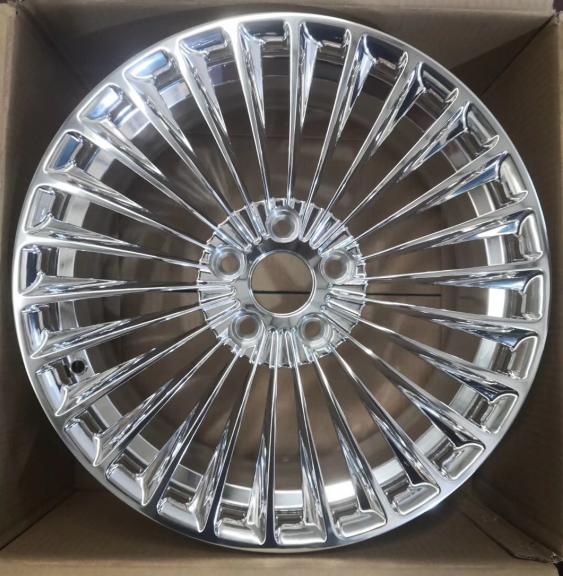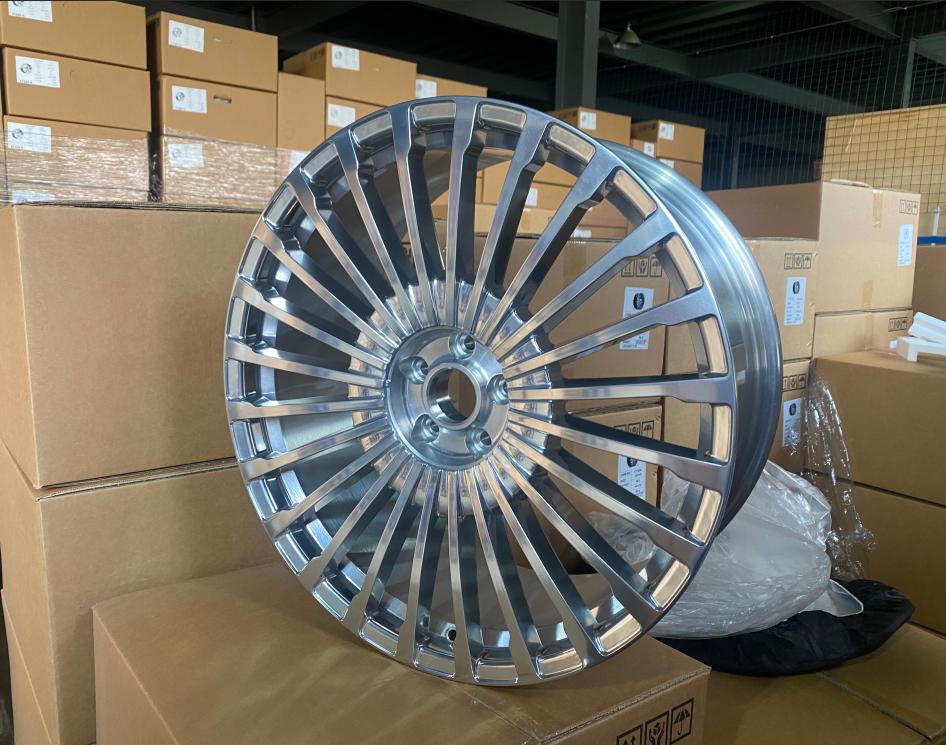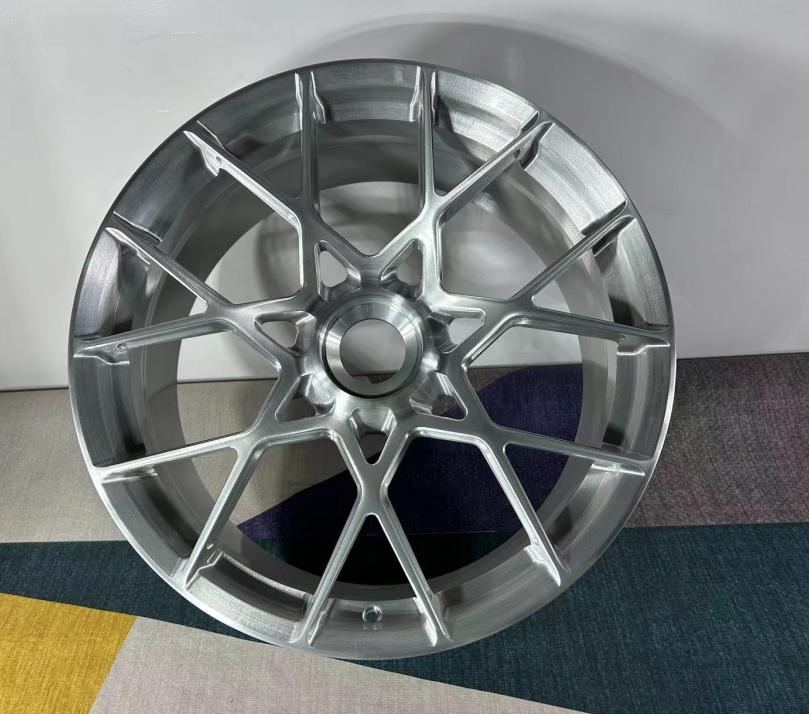As a leading producer of automotive components with over three decades of professional experience, FENGYU has solidified its reputation as a trustworthy provider of Control Arms, delivering precision and longevity to the global aftermarket. Specializing in suspension parts, we offer an extensive lineup of Control Arms compatible with 90% of vehicle brands—covering Japanese makes (Toyota, Honda, Lexus, Nissan), American models (Ford, Dodge, Chevrolet, Chrysler), and even European brands like Volvo and BMW. This makes us the preferred choice for Toyota Control Arms, Honda Control Arms, Ford Control Arms, Dodge Control Arms, Chevrolet Silverado Upper Control Arms, Chrysler Control Arms, Lexus Control Arms, and Nissan Control Arms, among others.
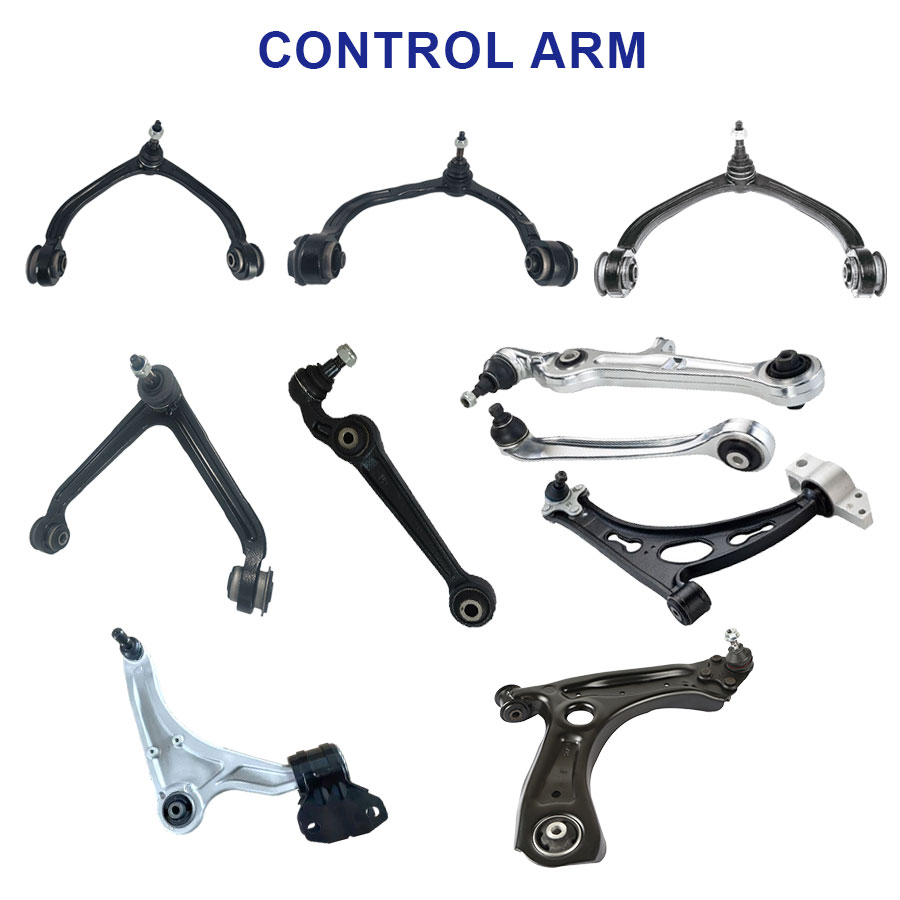
Engineered for Longevity: Premium Materials & Meticulous Craftsmanship
At FENGYU, every Control Arm is built to endure the demands of daily driving and harsh road conditions, starting with top-tier materials. Our Control Arms feature high-strength alloy steel frames, ensuring exceptional rigidity to handle the pressure of vehicle weight, off-road bumps, and heavy loads. The integrated bushings—crafted from high-density, wear-resistant rubber—provide essential shock absorption, reducing noise and vibration while preventing metal-on-metal friction that shortens part life.
We also prioritize protection against corrosion: each Control Arm undergoes a multi-layer coating process (including zinc plating and anti-rust paint) to shield against road salt, moisture, and debris—critical for maintaining performance in rainy or snowy regions. Hardware such as mounting brackets and bolts are forged from high-tensile steel, guaranteeing a secure fit that won’t loosen over time, whether it’s a Chevrolet Silverado Upper Control Arm or a Lexus Control Arm.
Tailored to Your Business: Flexible OEM/ODM Solutions
Recognizing the varied needs of aftermarket distributors, wholesalers, and importers, FENGYU offers customizable OEM/ODM services for Control Arms to help you build your brand. You can choose from finishes like matte black or silver, add laser-engraved logos or part numbers for easy brand recognition, or opt for personalized packaging—from branded color boxes to custom polybags that align with your marketing strategy.
With a low MOQ of 100 units per model, we eliminate the burden of large inventory commitments, making it easy to stock both bestsellers (like Toyota Control Arms and Ford Control Arms) and specialized options (such as Chevrolet Silverado Upper Control Arms). Our factory-direct pricing also ensures you get competitive profit margins, helping you stay ahead in the aftermarket.
Quality You Can Rely On: Strict Testing & Global Certifications
Quality is non-negotiable at FENGYU, and every Control Arm undergoes rigorous testing to meet or exceed OE standards. We start with raw material inspections (verifying the strength of alloy steel), then conduct in-process checks to ensure dimensional accuracy—critical for a perfect fit with each vehicle model. Before shipment, each Control Arm is tested for load-bearing capacity (to confirm it handles vehicle weight safely), bushing flexibility (to ensure smooth movement), and corrosion resistance (to validate long-term durability).
Our commitment to quality is backed by IATF 16949 and ISO certifications, meaning every FENGYU Control Arm—whether a Nissan Control Arm or a Chrysler Control Arm—adheres to global quality benchmarks. You can trust that our parts will perform as reliably as original components, keeping end-users safe and comfortable on the road.
Supported by Expertise & Responsive After-Sales Service
We stand behind every Control Arm we produce with a solid warranty and 24/7 after-sales support. If you encounter any issues—whether a fitment concern with a Honda Control Arm or a performance question about a Chevrolet Silverado Upper Control Arm—our team is ready to assist. Simply share photos or videos of the problem, and we’ll provide prompt solutions, including refunds or replacements in your next order.
With over 30 years of export experience, we understand the importance of timely delivery. Our ready stock of 100,000+ Control Arms (including hot-selling models like Toyota Control Arms and Ford Control Arms) ensures quick turnaround for urgent orders, while custom OEM/ODM orders are fulfilled within 30–45 days—keeping your inventory flowing and your customers satisfied.
Partner with FENGYU for Suspension Excellence
Whether you need to stock Toyota Control Arms for sedans, Chevrolet Silverado Upper Control Arms for trucks, or Lexus Control Arms for luxury SUVs, FENGYU combines quality, flexibility, and expertise to support your business. We don’t just supply parts—we build long-term partnerships, offering professional guidance to help you curate a product range that meets your market’s unique needs.
Looking for a trusted Control Arm supplier? Contact the FENGYU team today to explore our full range, discuss customization options, and get a free quotation. Grow your business with parts built to deliver lasting suspension performance.





























